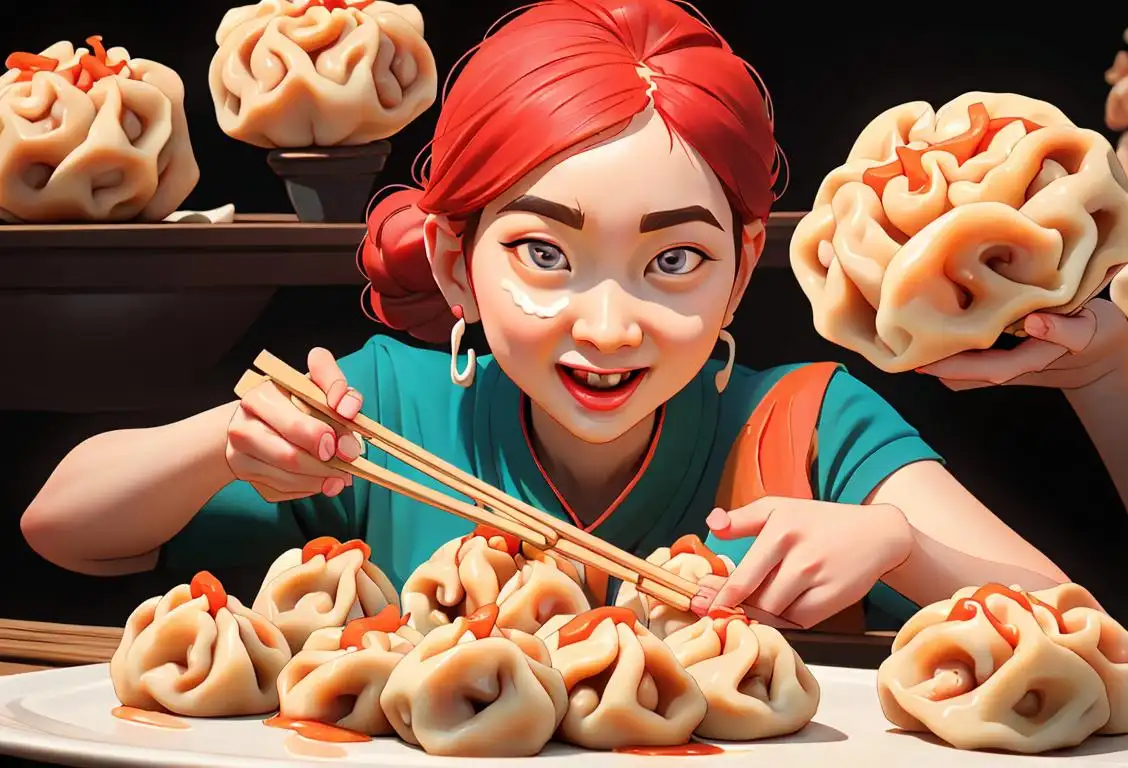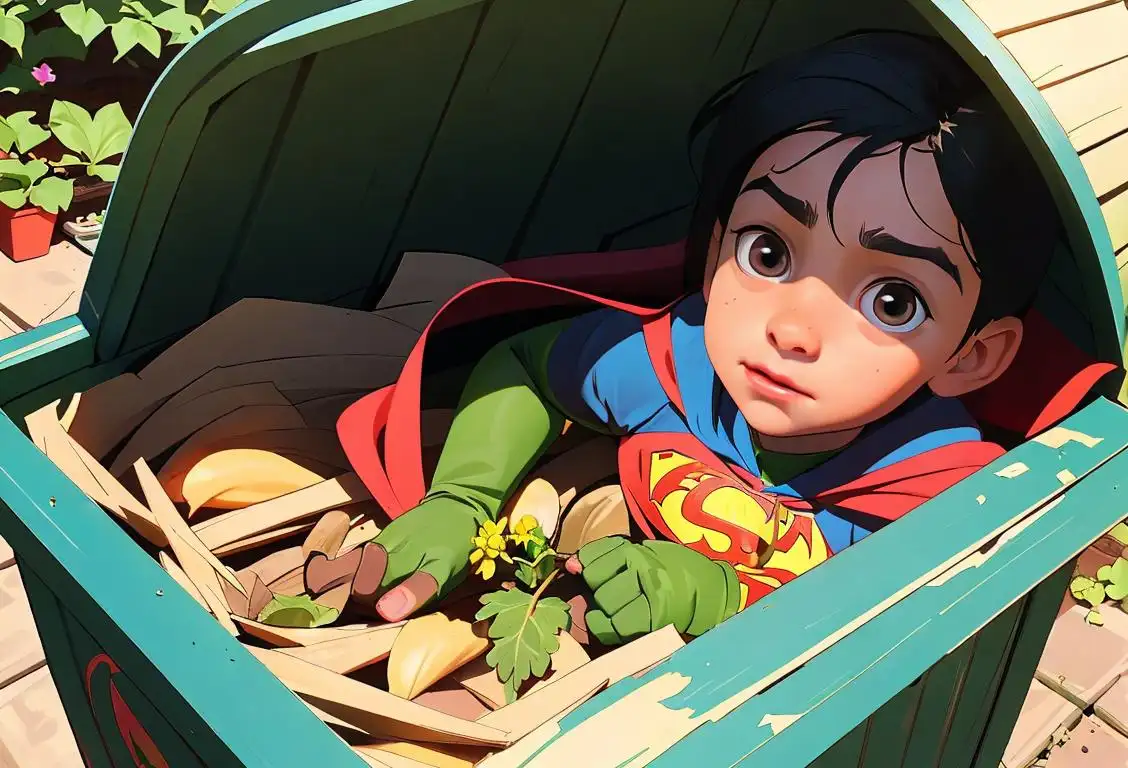National Dumplings Day

Welcome to the marvelous world of National Dumplings Day! Get ready to embark on a scrumptious adventure filled with delightfully doughy snacks and tantalizing fillings. Whether you're a fan of potstickers, pierogis, or momos, this special day is dedicated to celebrating these bite-sized pockets of joy. So grab your chopsticks, dip your dumplings in some delectable sauce, and join us for a culinary celebration like no other!
When is Dumplings Day?
It's national dumplings day on the 26th September.
The Origins of National Dumplings Day
Did you know that dumplings have a rich and diverse history spanning countless cultures and cuisines? These delightful doughy treats can be found in various forms all around the world, from Chinese jiaozi to Italian ravioli and even South Asian samosas. While the exact origin of dumplings is a topic of debate among historians (because who doesn't love a good mystery?), one thing's for sure – people have been enjoying these delicious morsels for centuries.
A Dumpling for Every Occasion
Whether you prefer your dumplings steamed, boiled, fried, or even baked, there's a dumpling for every occasion. Are you looking for a comforting meal to warm you up on a cold winter's day? Dive into a bowl of piping hot chicken and dumpling soup. Hosting a gathering with loved ones? Whip up a platter of savory potstickers or delicate gyoza. And for dessert enthusiasts, there's nothing quite like biting into a sweet and sticky sesame seed-filled tangyuan.
The Art of Dumpling-making
We mustn't forget the skilled artisans behind these delectable delights – the dumpling-makers themselves! Making dumplings is not just a culinary art, but also a labor of love. From the delicate folds of a perfectly pleated dumpling wrapper to the flavorful and aromatic fillings, each dumpling is crafted with care and precision. So the next time you sink your teeth into a dumpling, take a moment to appreciate the craftsmanship and dedication that goes into creating these edible masterpieces.
History behind the term 'Dumplings'
206 BCE
The Origins of Dumplings
Dumplings trace their roots back to ancient China during the Han Dynasty. The term 'dumpling' is derived from the Chinese word 'jiaozi,' meaning 'dumpling' or 'pot-sticker.' It is believed that the concept of dumplings was first introduced by Zhang Zhongjing, a renowned Chinese physician, as a way to treat frostbite during the winter. These early dumplings were filled with mutton, chili, and herbs, and were sealed shut by pinching the dough together.
1200s
Spread across East Asia
As trade routes expanded throughout East Asia, the tradition of dumplings spread to neighboring countries such as Japan, Korea, and Vietnam. Each country developed its unique styles and flavors, incorporating local ingredients and culinary techniques. In Japan, dumplings are known as 'gyoza' and can be either steamed or pan-fried. In Korea, they are called 'mandu' and are often enjoyed in soups.
1800s
Dumplings Reach the West
In the 19th century, in the midst of increased Western influence in China, dumplings began to make their way to the Western world. The term 'dumpling' gained popularity and became widely used to describe various types of filled dough pockets, regardless of their cultural origin. Western countries started to create their own versions of dumplings, such as pierogis in Eastern Europe and ravioli in Italy.
20th Century
Dumplings as a Global Delicacy
During the 20th century, dumplings gained global recognition as a beloved comfort food. They are now enjoyed in various forms and fillings worldwide. From the savory dumplings found in dim sum restaurants to the sweet dumplings filled with fruits or custard, the versatility of dumplings has captured the hearts and taste buds of people from different cultures. Dumplings have become an integral part of many cultural celebrations and are cherished for their delicious taste and symbolic meaning.
Did you know?
Did you know that the world's largest dumpling weighed a whopping 256 pounds? That's like carrying around a small pony made of dough! It was created in the United States as part of a festival celebrating Chinese culture. We can only imagine the size of the pot needed to cook that behemoth!Tagged
romance food funFirst identified
26th September 2017Most mentioned on
26th September 2020Total mentions
76Other days
One Day
Family Day
Action Day
Kissing Fried Chicken Day
Vodka Boyfriend Day
Awareness Day
Opposite Day
Suicide Prevention Month Day
Happiness Day
Nutty Fudge Day









